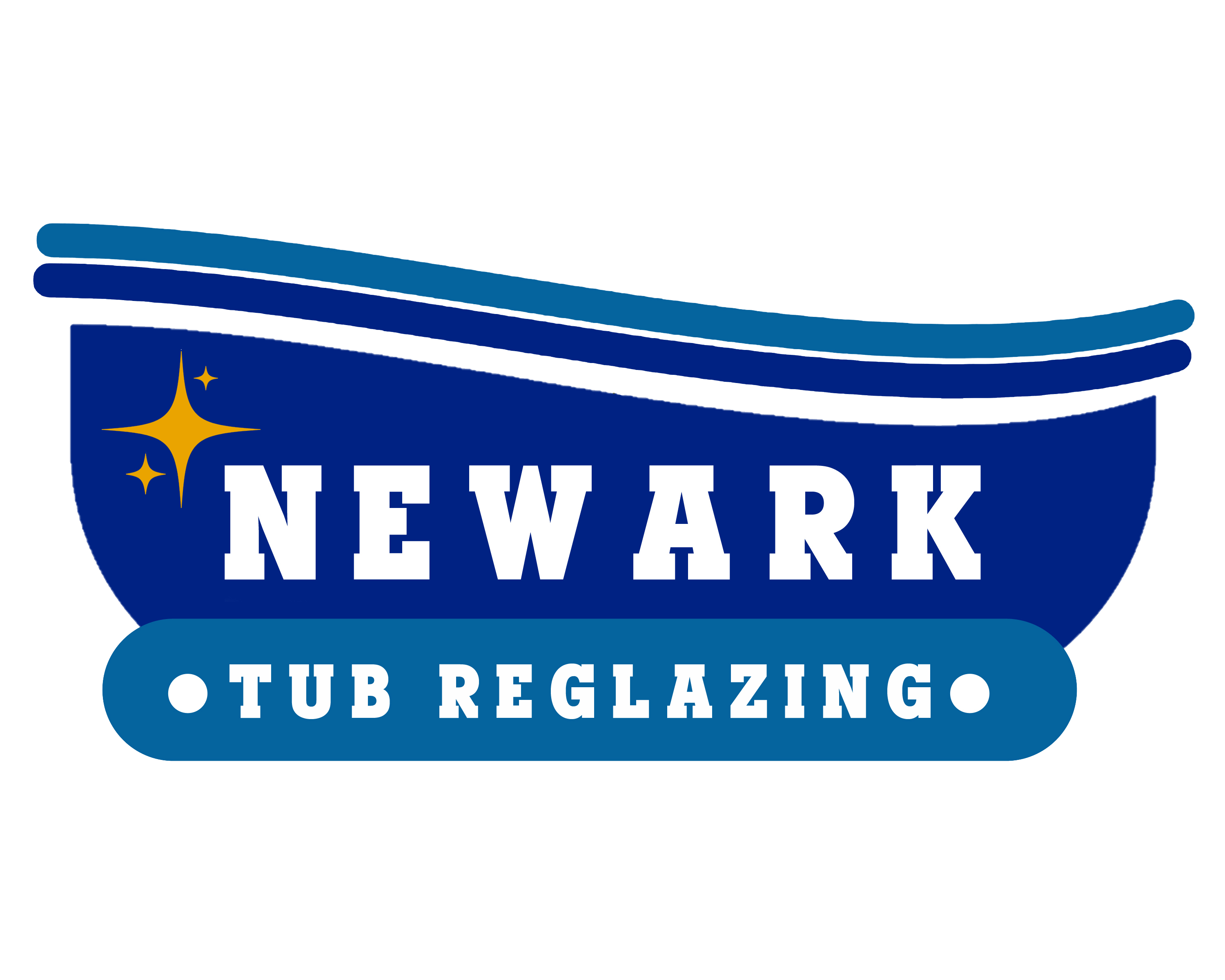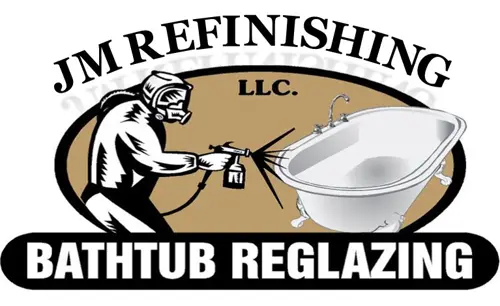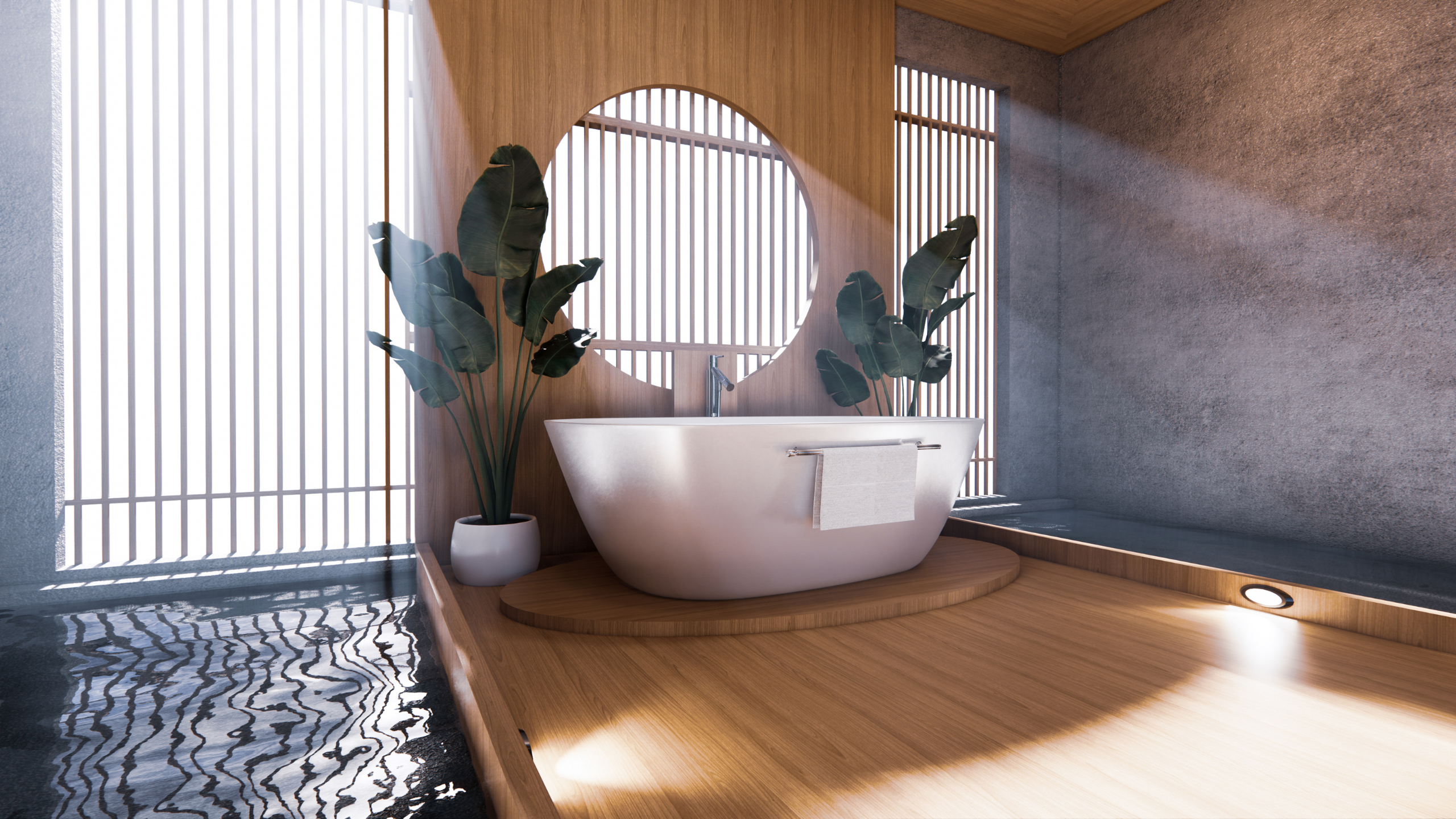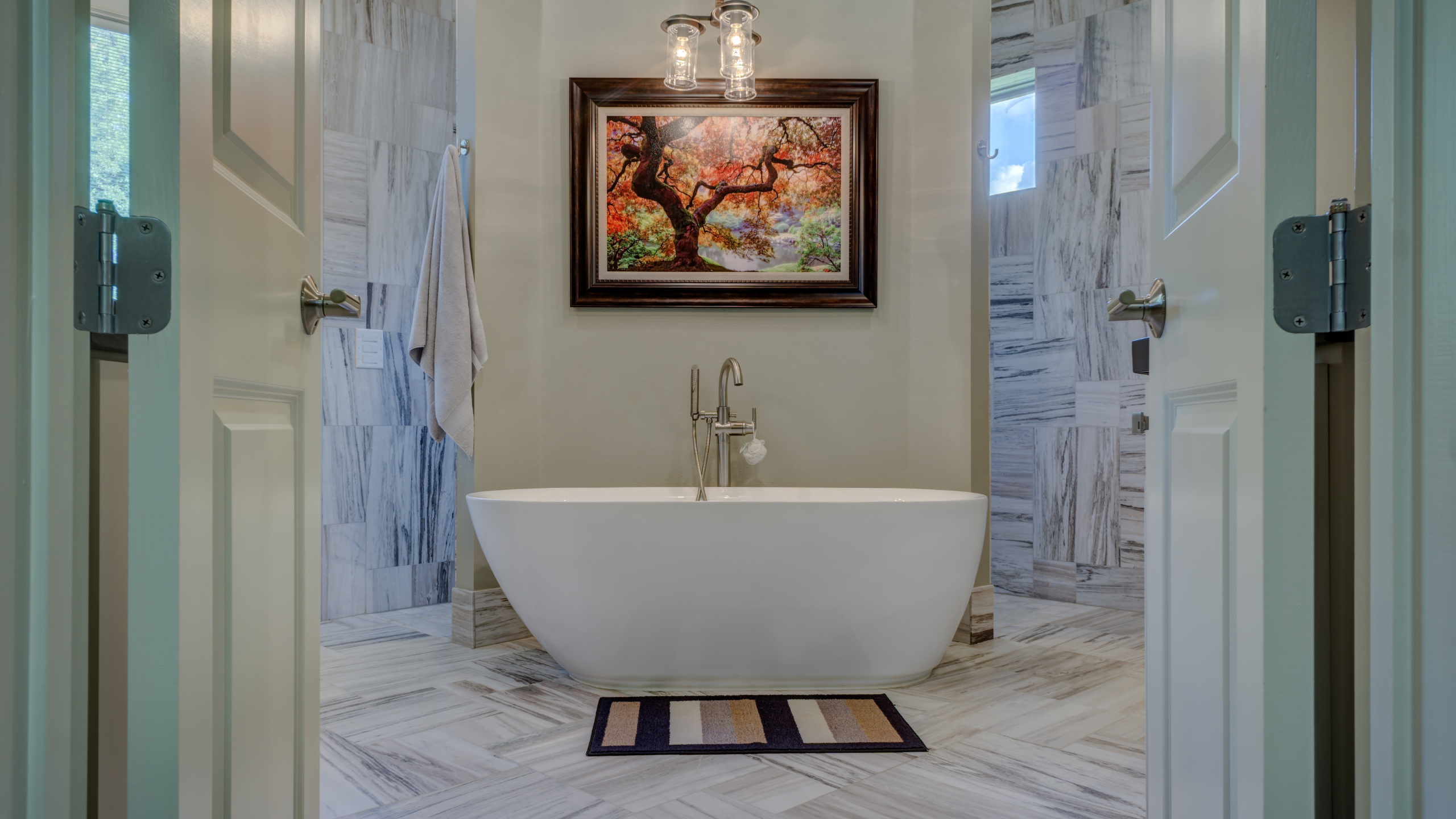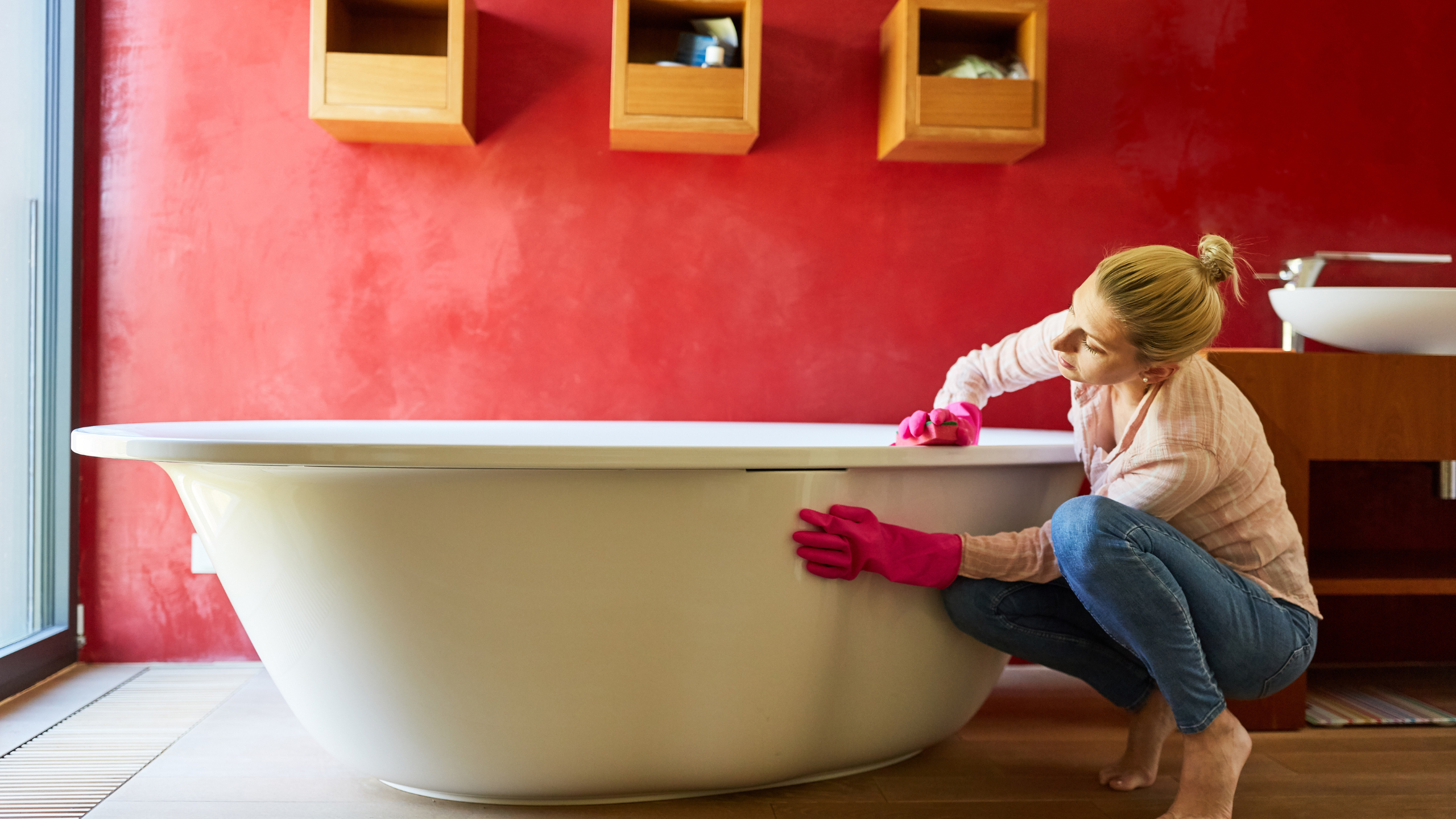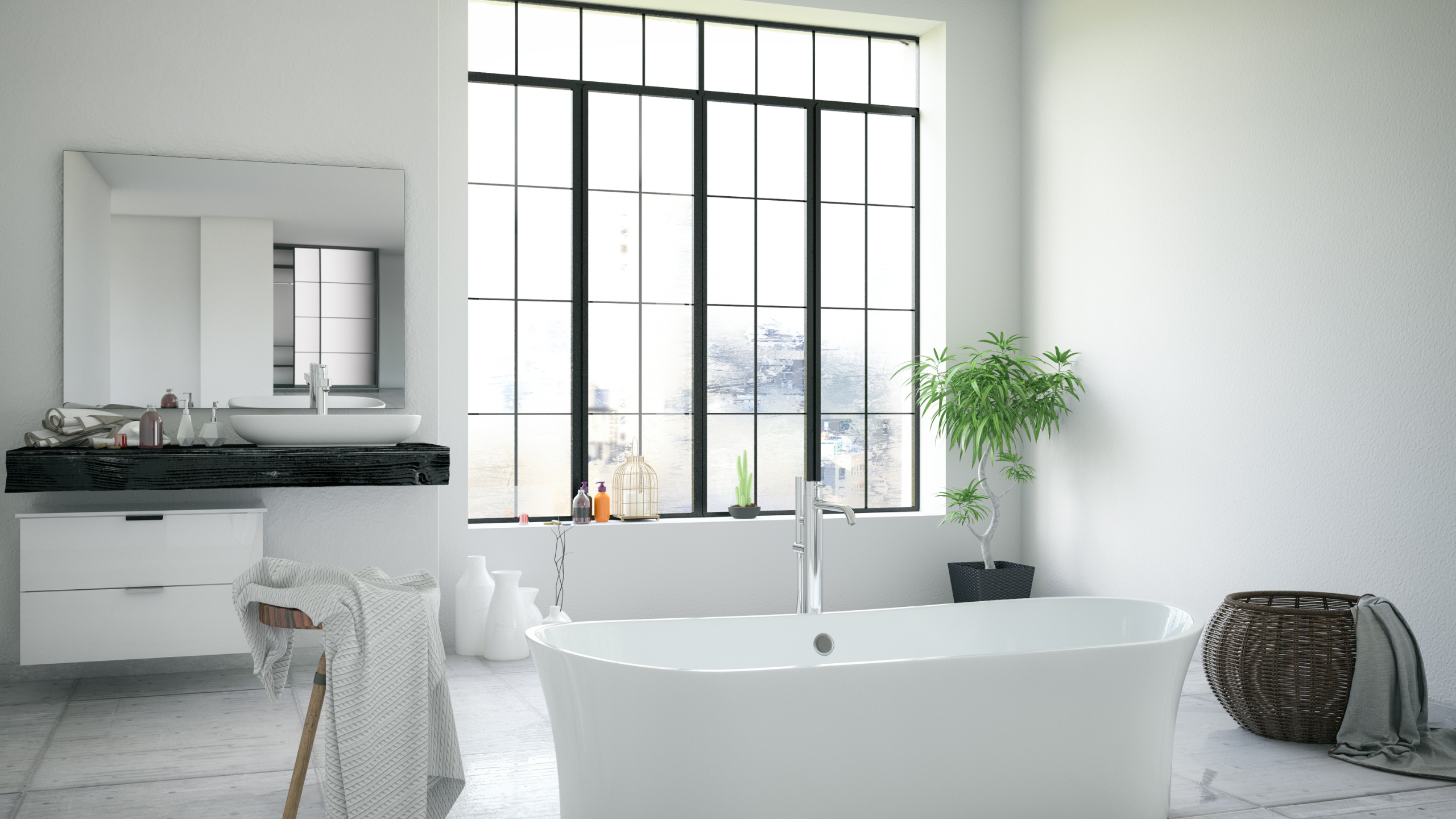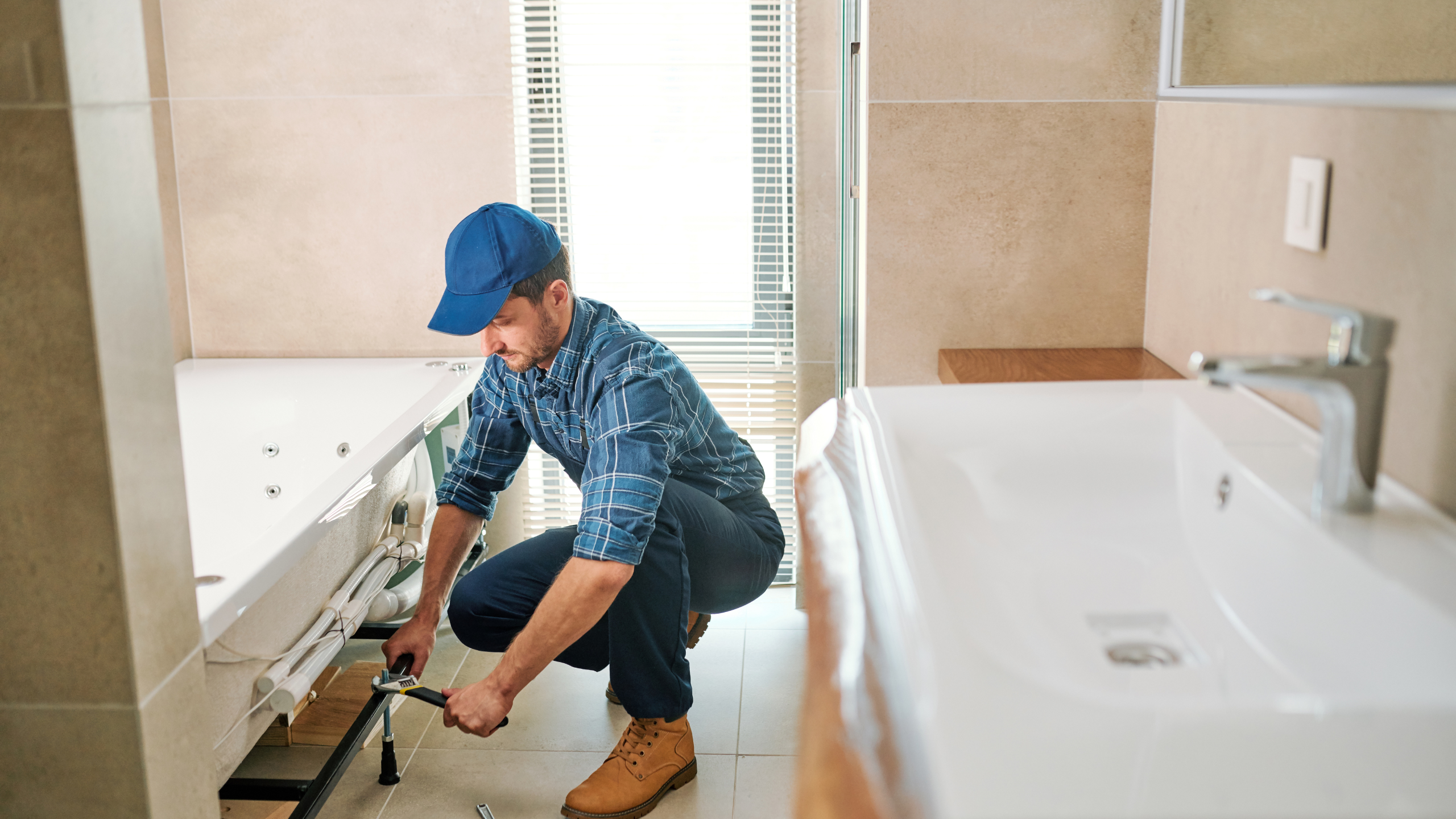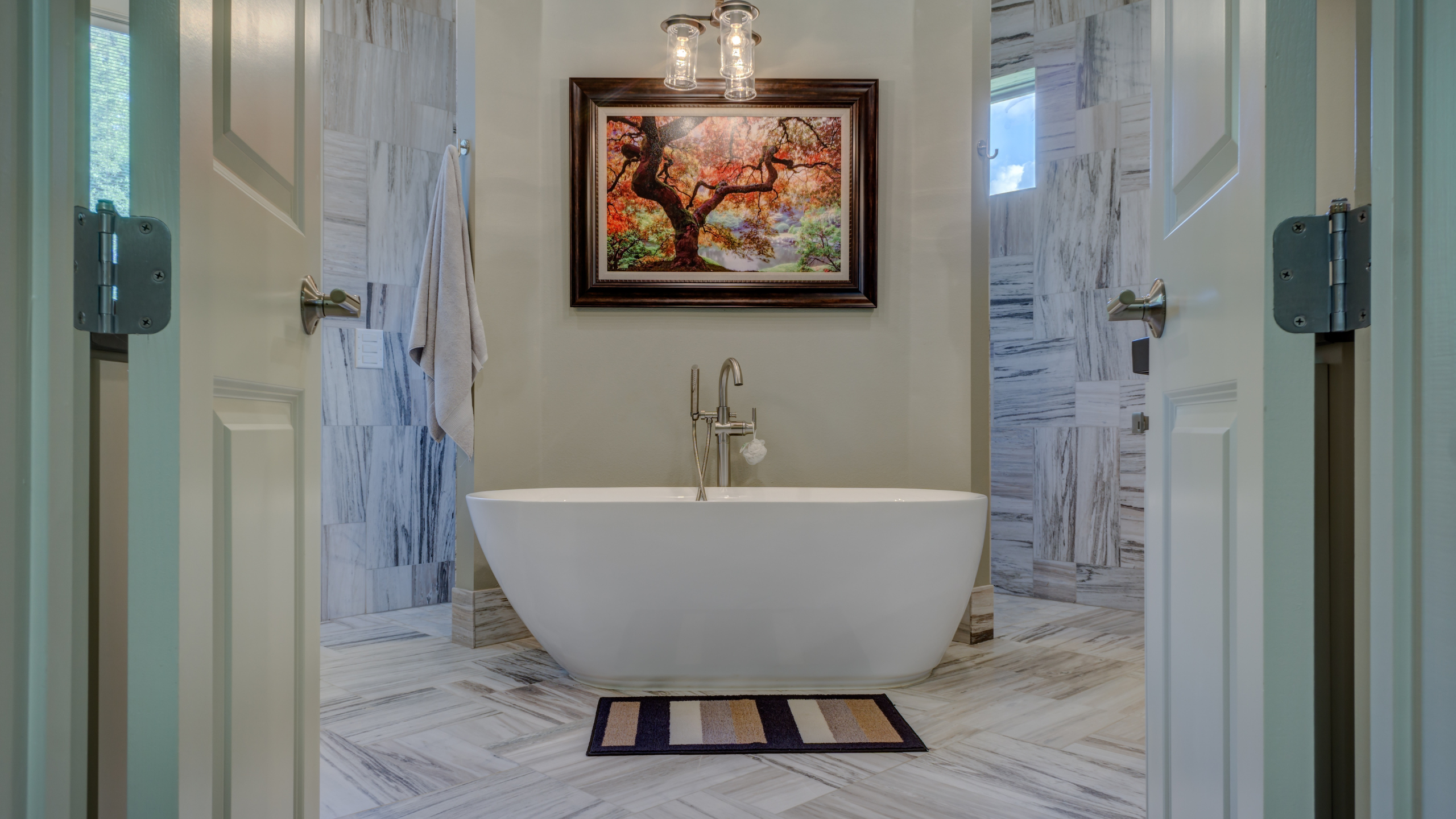In bathroom renovation, the terms “reglazing” and “refinishing” frequently surface, often with overlapping meanings. However, they signify distinct processes with unique nuances and outcomes. While both techniques aim to rejuvenate your bathtub, understanding their disparities is paramount for achieving the desired transformation. Feeling overwhelmed by an outdated bathroom? Our refinishing services from Newark Tub Reglazing provide a hassle-free way to revitalize your space.
Reglazing vs. Refinishing: Discerning the Differences
Reglazing, also known as resurfacing or re-enameling, entails applying a fresh coat of glaze over the existing bathtub surface. This method demands meticulous preparation to ensure seamless adhesion of the new glaze to the old surface, resulting in a sleek, glossy finish that revitalizes your bathing space.
Conversely, refinishing extends beyond surface-level concerns to address structural imperfections on the bathtub surface. This comprehensive approach includes repairs such as filling in chips, cracks, or scratches, then precise sanding and priming procedures to create an optimal canvas for the final coat application. While reglazing primarily enhances visual appeal, refinishing supports the bathtub’s cosmetic and functional aspects.
10 Effective Cleaning Techniques for Bathtub Surfaces
1. Baking soda and vinegar: vinegar and baking soda mixed together creates a potent natural scrubbing agent that effectively tackles stubborn stains and soap scum, offering a non-toxic cleaning solution that is gentle on surfaces yet powerful in grime removal.
2. Commercial Cleaners: Tailored formulations designed explicitly for bathtub cleaning contain potent chemicals that efficiently dissolve grime and mineral deposits, restoring the bathtub’s shine with minimal effort and providing a convenient option for quick and effective cleaning solutions.
3. Lemon Juice: Lemon juice’s acidic properties prove invaluable in cutting through grease and soap residue on bathtub surfaces. It offers effective cleaning power alongside a refreshing citrus aroma, enhancing the overall bathing experience.
4. Steam Cleaning: High-pressure steam cleaners effortlessly loosen dirt and grime from bathtub surfaces, providing a chemical-free and eco-friendly cleaning solution ideal for reaching tight crevices and corners, ensuring a thorough cleaning experience.
5. Magic Erasers: These melamine foam wonders swiftly eliminate tough stains and scuff marks from bathtub surfaces with minimal effort, making them ideal for quick touch-ups and spot cleaning, maintaining a pristine appearance.
6. Hydrogen Peroxide: Renowned for its disinfecting and whitening properties, hydrogen peroxide effectively cleans and brightens bathtub surfaces without harsh chemicals, providing a gentle yet powerful cleaning solution suitable for regular maintenance routines.
7. Microfiber Cloths: Gentle and efficient microfiber cloths excel in wiping down bathtub surfaces post-cleaning, ensuring a streak-free shine by removing any remaining residue and achieving a polished finish.
8. Dish Soap: Mild yet effective, dish soap breaks down grease and grime without compromising the bathtub’s finish, offering an efficient and secure cleaning option for everyday use, leaving surfaces clean and refreshed.
9. DIY Cleaning Solutions: Crafting homemade cleaners from ingredients like dish soap, vinegar, and water provides an effective strategy for combating stubborn stains and buildup on bathtub surfaces, offering a customizable, budget-friendly, and eco-friendly cleaning option.
10. Regular Maintenance: Establishing a consistent cleaning routine is paramount for preserving the bathtub’s appearance and integrity over time. Thwarting the accumulation of dirt and grime ensures a clean, hygienic, and inviting bathtub for every use.
Preparation: The Key to Successful Reglazing
Regardless of the chosen cleaning method, successful reglazing heavily relies on meticulously preparing the bathtub surface. Before applying the new coat of glaze, it is crucial to thoroughly remove soap scum, dirt, and residues to facilitate optimal adhesion. This involves diligent scrubbing with appropriate cleaners and ensuring the surface is completely dry before reglazing. Neglecting or rushing through this critical step risks compromising the finish, potentially resulting in premature peeling or chipping of the new glaze.
In Conclusion
Thorough preparation emerges as the cornerstone of success in the pursuit of a revitalized bathtub. By understanding the differences between reglazing and refinishing and employing effective cleaning techniques, you lay the groundwork for a successful bathroom renovation project. Remember that a pristine surface lays the foundation for a flawless finish and ensures the longevity of your newly reglazed bathtub, guaranteeing enduring elegance for years to come.
